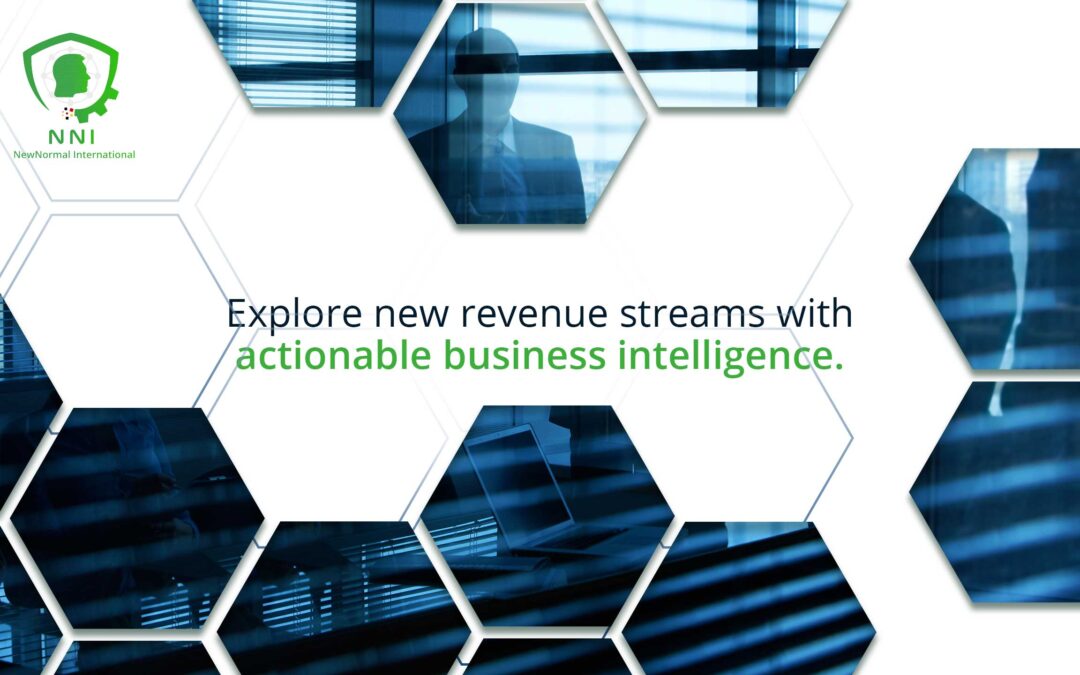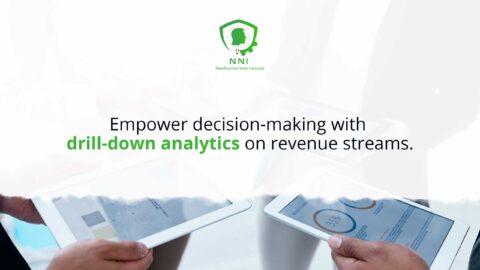Capitalizing on Data-Driven Opportunities for Business Expansion
In today’s data-centric business environment, the strategy to explore new revenue streams with actionable business intelligence is essential for organizations aiming to stay ahead of the competition. This article discusses how leveraging business intelligence can lead to the discovery and implementation of new revenue opportunities.
The Role of Business Intelligence in Revenue Generation
Business intelligence (BI) has transcended its traditional role of data analysis and reporting, evolving into a powerful driver of strategic planning and business growth. By transforming raw data into actionable intelligence, BI empowers businesses to gain a deeper understanding of critical factors like:
1. Customer Behavior and Preferences: BI tools uncover hidden patterns and trends in customer behavior, providing valuable insights into their needs, preferences, and purchasing habits. This knowledge empowers businesses to personalize marketing campaigns, develop targeted offers, and optimize customer experiences, leading to increased loyalty and engagement.
2. Market Trends and Opportunities: BI tools offer real-time monitoring of industry trends, emerging technologies, and competitor activity. By analyzing market data and evaluating potential disruptions, businesses can identify opportunities for innovation, develop proactive strategies, and gain a competitive edge in the ever-evolving market landscape.
3. Operational Efficiency and Cost Optimization: BI systems illuminate hidden inefficiencies within operations, providing valuable information on resource utilization, process bottlenecks, and areas for cost reduction. This data-driven approach empowers businesses to streamline processes, optimize resource allocation, and achieve significant cost savings, driving profitability and long-term sustainability.
4. Untapped Revenue Streams and Growth Opportunities: Beyond operational improvements, BI can reveal hidden gems – untapped revenue streams and previously unidentified market segments. By analyzing customer data, market trends, and operational performance, businesses can identify new opportunities for expansion, develop innovative products and services, and unlock new avenues for revenue generation.
5. Data-Driven Decision-Making and Strategic Planning: BI equips leadership teams with data-driven insights to inform strategic decision-making and planning. By analyzing historical trends, identifying potential risks and opportunities, and simulating various scenarios, businesses can make informed decisions that align with their long-term goals, ensuring sustainable growth and strategic success.
The impact of BI extends far beyond the realm of data analysis. It cultivates a data-driven culture within organizations, empowering employees at all levels to make informed decisions based on real-time insights. This shift towards data-driven decision-making fosters a culture of innovation, risk-taking, and continuous improvement, propelling businesses towards sustainable growth and enduring success.
In conclusion, BI is not merely a collection of tools; it is a strategic asset that unlocks the transformative power of data. By converting data into actionable intelligence, BI empowers businesses to gain a competitive advantage, identify new opportunities, and navigate the complexities of the modern business landscape. Embrace the power of BI and transform your data into a strategic roadmap, guiding your business towards a future of informed decision-making, sustainable growth, and unparalleled success.
Change Management for Implementing Business Intelligence
Integrating business intelligence tools into an organization’s operations requires effective change management. It involves embracing data-driven culture, reevaluating existing business processes, and training teams to utilize these insights effectively.
Executive Coaching for Data-Driven Decision Making
Effective leadership is vital for leveraging BI in discovering new revenue streams. Executive coaching can empower leaders with the necessary skills to interpret BI insights and integrate them into business strategies to drive growth and innovation.
Effective Communication in Business Intelligence Implementation
Effective communication plays a significant role in the successful integration of business intelligence tools. Clearly communicating the benefits and insights gained from BI helps in aligning all stakeholders towards the common goal of business expansion.
Leveraging Generative AI for Enhanced Business Insights
The integration of generative artificial intelligence with business intelligence tools can further refine the process of identifying new revenue streams. AI can analyze complex data sets, predict future trends, and offer innovative solutions for revenue growth.
Conclusion Actionable Business Intelligence
In conclusion, adopting the approach to “Explore new revenue streams with actionable business intelligence” is a critical step for businesses looking to grow and innovate. By effectively harnessing the power of BI, companies can unlock new opportunities, stay competitive, and drive long-term success.
#BusinessIntelligence, #RevenueGrowth, #DataDrivenStrategy, #AIinBusiness, #MarketExpansion











